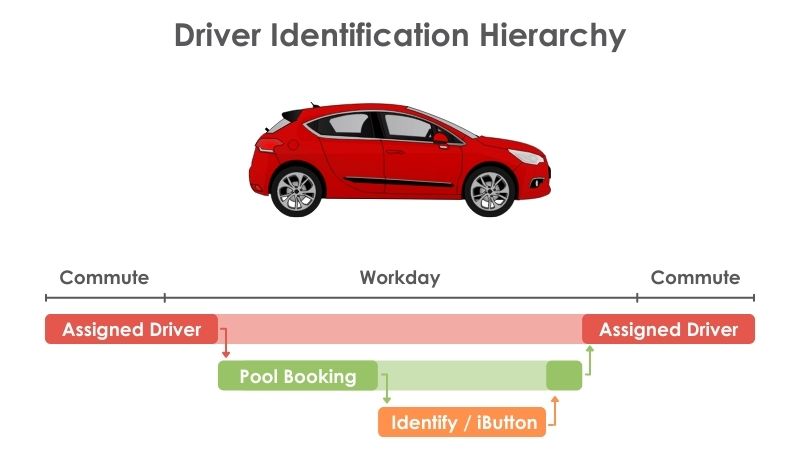Role
Industry
Solutions
Products

Our innovative approach to identification provides a
best-in-class driver identification solution. Drawing upon multiple sources of
driver identification (Assigned Drivers, PoolCar, iButtons, and the Identify app)
to provide the granular detail required for real-world fleet applications.
Smartrak's Driver Identification hierarchy enables fleets to
leverage all our driver identification solutions without compromise – ensuring
your can identify drivers, no matter the operational situation.
The Assigned Driver feature rounds out our
comprehensive Driver Identification suite, allowing fleet vehicles with
permanently allocated drivers to be assigned vehicles for regular use, whilst
still being able to share these vehicles within the fleet pool or lend to other drivers
and attribute alternate drivers for those periods.
 learn more
learn more




